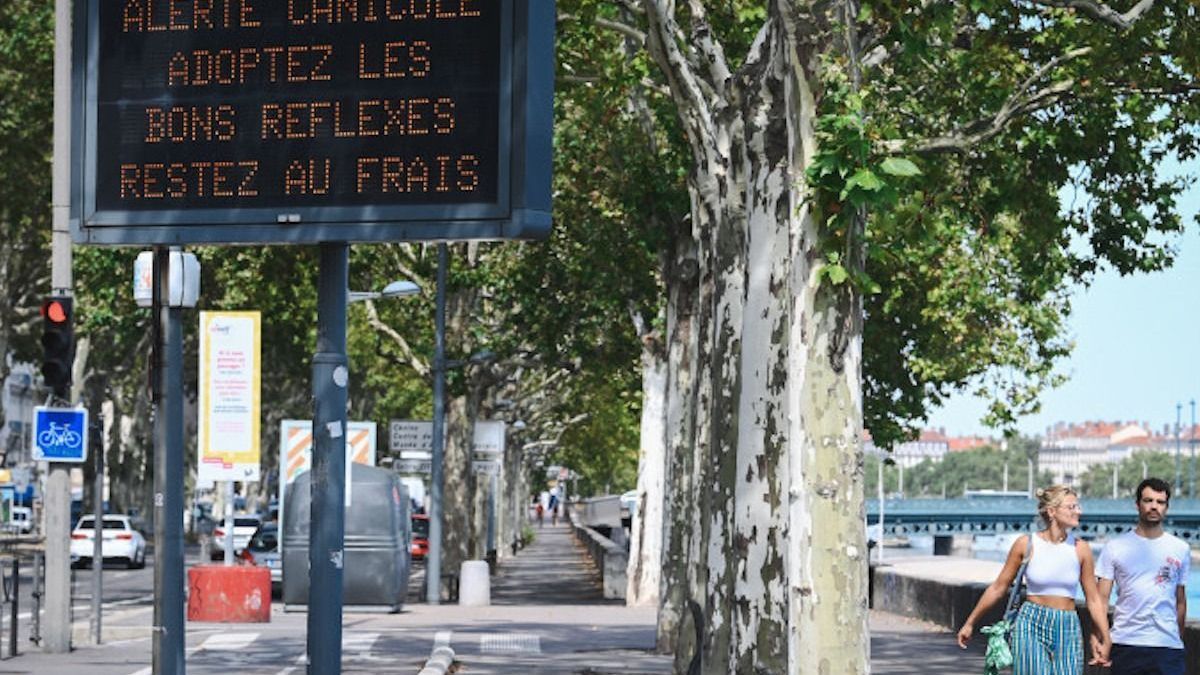
With an exceptional heat wave in August, Europe is suffocating in cities because of heat islands and is slow to adapt, despite existing solutions, explains Cécile de Munck, researcher in urban climatology at the National Meteorological Research Center in Toulouse.
What is an urban heat island?
Cécile de Munck: “It’s a phenomenon that has always existed since the moment we created cities.
It corresponds to a thermal dome which is established at night and which is characterized by air temperatures which are increasingly warm as one approaches the center.
For example, for a city like Paris, the intensity of the urban heat island in the hypercentre is typically 4 degrees above the temperature of the surrounding countryside, for a relatively average summer.
But during a heat wave, we can reach up to 10 degrees, as in 2003″.
What are the solutions to combat a heat island?
Cécile de Munck: “If we want to manage to solve the problem, given the rise in temperature that we experience during heat waves, we have to play on several tables and several actions at the same time.
There is relevance in reintroducing natural soils and vegetation in the city, it is an obvious solution that can be implemented at different scales, from the building, from the street, to the city to the landscape of the region. .
We can do things on a building scale, improve the coatings, with light colors like white roofs.
There are also all the insulation measures that are essential, (…) as well as limiting solar gain in buildings, such as paying real attention to the surface of the glazing that you put in or otherwise using shutters.
On a regional scale, one can also imagine peri-urban forests or market gardening areas that allow the outside of the city to be cooled in summer and therefore cool the center through the breeze effect.
To what extent are these solutions implemented in Europe?
Cécile de Munck: “We are working more and more with communities, we know the solutions – even if we refine them through our research – we know the qualitatively beneficial effects, the fact remains that adaptation is very slow.
Even if for one or two years, there is an awareness that we are very behind and that we must put in place solutions against these islands.
For example, when you plant micro-forests, the amount of vegetation that is going to be necessary to really bring a refreshment, it is going to have to wait 10 to 20 years.
The actions to be carried out are also at different scales, so they will involve a very large number of actors, at the territorial, national level (…) and that is why they can be more or less difficult to implement. place”.
